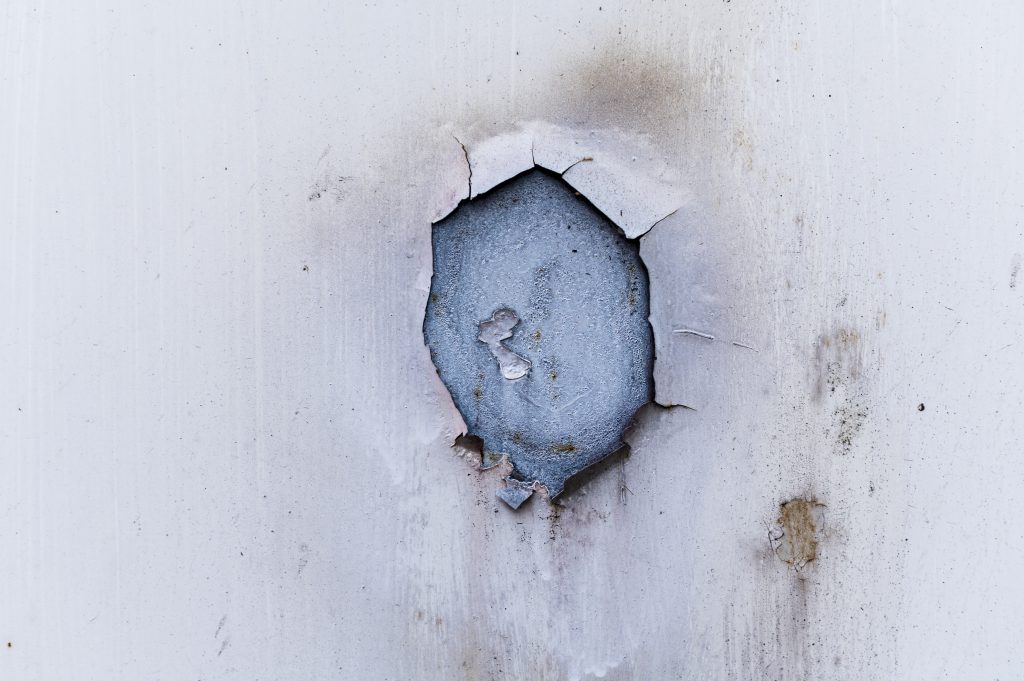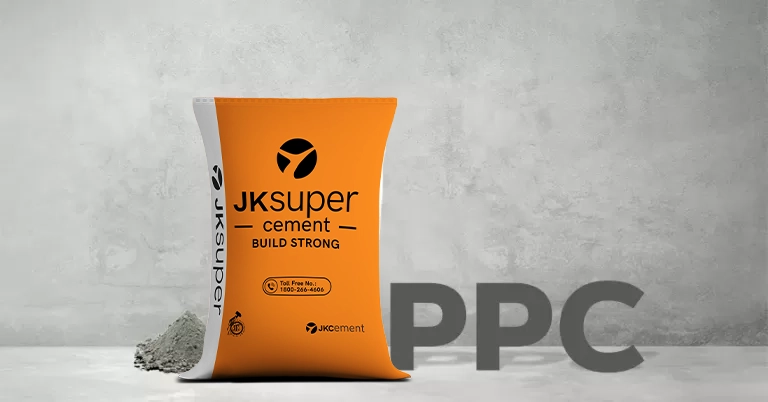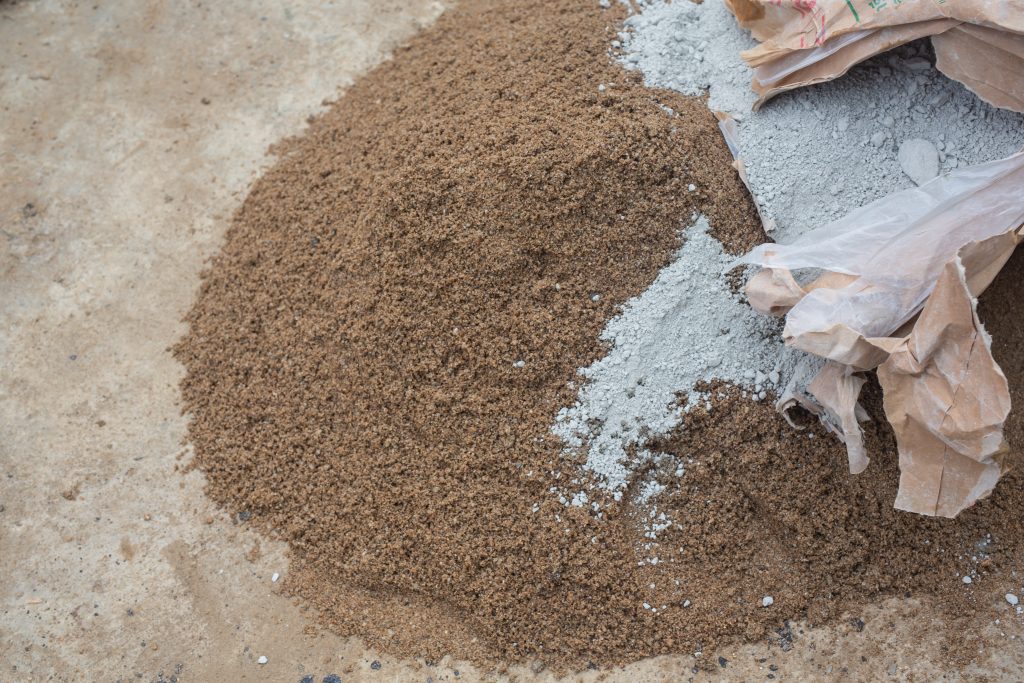Walls are structural elements used to define and protect a space or area. They serve as crucial components in enclosing and defining spaces. One of the major issues in maintaining these walls is dampness. Dampness in walls can indicate a variety of problems, including excessive humidity, water damage or foundation problems. It is important to identify and address the underlying cause to prevent further damage and ensure the safety and structural integrity of your home. Keep reading on to know how to stop wall dampness.
What Causes Wall Dampness?
Wall dampness is a common issue that many homeowners face, especially during the monsoon season. It is important to address it before the onset of the rainy season to prevent further damage. If not treated properly, dampness can lead to various problems such as leaks, peeling paint, cracks and even health issues due to the growth of mould and fungi.ṣ
Kinds of Wall Dampness
Wall dampness can be broadly categorised into the following categories.
Penetrating Dampness
This occurs when water seeps through the walls. This can be caused by various factors such as broken or clogged rain gutters, deteriorating bricks, external wall cracks, fissures in windows and door frames, dripping pipes, or broken roof tiles. To eliminate penetrating dampness, it is important to identify and address each underlying cause, such as repairing damaged gutters, replacing broken roof tiles, patching up wall dings, fixing leaking pipes, and replacing porous bricks with water-repellent materials.
Rising Dampness
Rising dampness happens when water from the ground rises into the house due to capillary action. This can occur due to structural problems with the building, particularly even with the damp-proof course. The damp-proof course is a waterproof layer installed in the wall close to the ground to prevent rising dampness. If the damp-proof course is faulty or absent, rising dampness can occur.
Condensation Dampness
This occurs when moisture in the air condenses on walls, leading to the formation of water droplets and the growth of mould. This is often caused by factors such as lack of ventilation, cold surfaces and inadequate central heating.
In addition to these types of dampness, wall seepage can also occur due to low-quality raw materials or ineffective waterproofing measures during construction. This can cause cracks in the walls, allowing moisture and water to seep in, leading to dampness. Factors such as leaks in the sewage system, water supply lines, bathroom and kitchen fixtures, faulty plumbing, absence of plastering on exterior walls, ground moisture and defective window frames can further contribute to wall seepage.
Methods to Check Wall Dampness
To check for wall dampness, there are several methods you can use. Here are some ways to identify wall dampness:
Visual Inspection
Conduct a thorough visual inspection of the walls. Look for signs of dampness such as discolouration, water stains, peeling paint or wallpaper, mould or mildew growth, and visible damp patches. Pay attention to areas near windows, doors, plumbing fixtures and areas where rainwater might seep into the walls.
Moisture Metre
Use a moisture metre to measure the moisture content in the walls. This handheld device can help determine the extent of dampness in the affected areas.
Blotting Paper Test
Place a piece of blotting paper or cardboard against the wall surface and secure it with tape. Leave it undisturbed for 24 hours. If the paper becomes damp or shows signs of wetness, it indicates the presence of wall dampness.
Surface Condensation Test
Tape a plastic sheet tightly against the wall surface using duct tape. Leave it in place for 24 hours. Afterwards, check for condensation on the inner side of the plastic sheet. If condensation is present, it suggests that there is excessive moisture in the walls.
Odour Detection
Damp walls often emit a musty or earthy smell. Sniff the affected areas to detect any unusual odours that may indicate wall dampness.
Impact of Wall Dampness
Here are some potential effects of wall dampness:
Structural damage
Prolonged wall dampness can weaken the structural integrity of the building. Moisture can seep into the walls, leading to the deterioration of building materials such as bricks, mortar and plaster. Over time, this can cause cracks, crumbling and deformation in the walls.
Mould and mildew growth
Damp walls provide a suitable environment for mould and mildew to grow. Mould spores pose health risks, especially for individuals with respiratory conditions or weakened immune systems. Exposure to mould can cause allergic reactions, respiratory symptoms and in some cases, severe health issues.
Peeling paint and wallpaper
Excessive moisture in the walls can cause paint and wallpaper to peel or bubble. This not only affects the aesthetics of the room but also requires additional maintenance and repair work.
Musty odour
Damp walls often emit a musty odour, making the affected space unpleasant to be in. This can affect the overall indoor air quality and create an uncomfortable living or working environment.
Increased energy consumption
Damp walls can reduce the insulation properties of a building, thus leading to heat loss during colder months. To compensate for this, you may need to rely more heavily on heating systems, resulting in increased energy consumption and higher utility bills.
Decreased property value
Persistent wall dampness, especially if left untreated, can significantly reduce the value of a property. Potential buyers or renters may be discouraged by the visible signs of dampness.
How to Prevent Wall Dampness
Here are some effective wall dampness solutions that you can consider. Listed below are some key strategies:
Proper Ventilation
Ensure adequate ventilation in your home by opening windows or using exhaust fans in kitchens, bathrooms and other moisture-prone areas. Good airflow helps to prevent moisture buildup and condensation on the walls.
Insulate Walls
Insulating your walls can prevent condensation by reducing temperature differences between indoor and outdoor surfaces. This helps to minimise the risk of moisture accumulation on the walls.
Use Waterproofing Membranes
Applying waterproofing membranes on the exterior walls can provide a protective barrier against water penetration. These membranes should be applied during the construction or renovation phase.
Fix Leaks and Plumbing Issues
Repair any leaks or plumbing issues in your home, as they can contribute to wall dampness. Pay attention to dripping pipes, faulty faucets or any signs of water leakage and address them as soon as possible.
Install a Vapour Barrier
Consider installing a vapour barrier on the warm side (interior) of the walls to prevent moisture from entering. This can be especially useful in areas with high humidity levels.
Maintain Proper Drainage
Ensure that rainwater is effectively diverted away from the walls by maintaining proper drainage systems.
Treatment of Wall Dampness
Here are some tips for treating wall dampness:
Remove Mould and Damp Patches
Before treating the walls, it is essential to remove any visible mould and damp patches. Use a mould and mildew remover, which can be purchased from most supermarkets or DIY shops. Ensure proper ventilation and take necessary precautions when using cleaning products containing bleach.
Apply Damp-Proofing Treatments
Once the affected areas are clean and dry, you can apply damp-proofing treatments. This may include using waterproofing paints or specialised anti-mould paint on the walls and ceilings to prevent future dampness and mould growth. Follow the manufacturer’s instructions for proper application.
Monitor and Maintain
Regularly monitor the walls for signs of dampness and take prompt action if any issues reoccur. Maintain good ventilation and address any leaks or moisture sources promptly to prevent further dampness.
To reduce the risk of dampness in your walls, proper care during the construction stage is imperative. This includes using superior quality water-resistant grey cement from leading cement companies in the country.
FAQs
What is wall dampness, and how does it happen?
Wall dampness refers to the presence of moisture or water on the surface or within the structure of a wall. It can occur due to factors like leaks, condensation or high humidity levels.
What are the symptoms of wall dampness that you should be aware of?
You should watch out for visible water stains, discolouration, peeling paint or wallpaper, mould growth, musty odours or a damp feeling on the wall surface as potential symptoms of wall dampness.
How does wall moisture affect a building’s structural integrity?
Wall moisture can compromise a building’s structural integrity by weakening the materials, leading to rot, decay or corrosion.
What can you do to prevent dampness in walls?
First of all, you can take preventative measures such as maintaining good ventilation, fixing any leaks promptly, insulating walls to reduce condensation and using moisture barriers on external walls. Proper drainage systems around the foundation can also help prevent rising dampness.
What are the most common home methods for addressing wall dampness?
Common methods to address wall dampness at home include fixing leaks, improving ventilation, repairing damaged or compromised wall materials, using dehumidifiers or fans, and applying waterproof coatings.
What are the expenses for repairing and preventing wall dampness?
The expenses for repairing and preventing wall dampness can vary depending on factors like the extent of damage, the underlying cause and the need for professional assistance. Costs can range from minor repairs or DIY measures to more extensive renovations that may require professional intervention.













